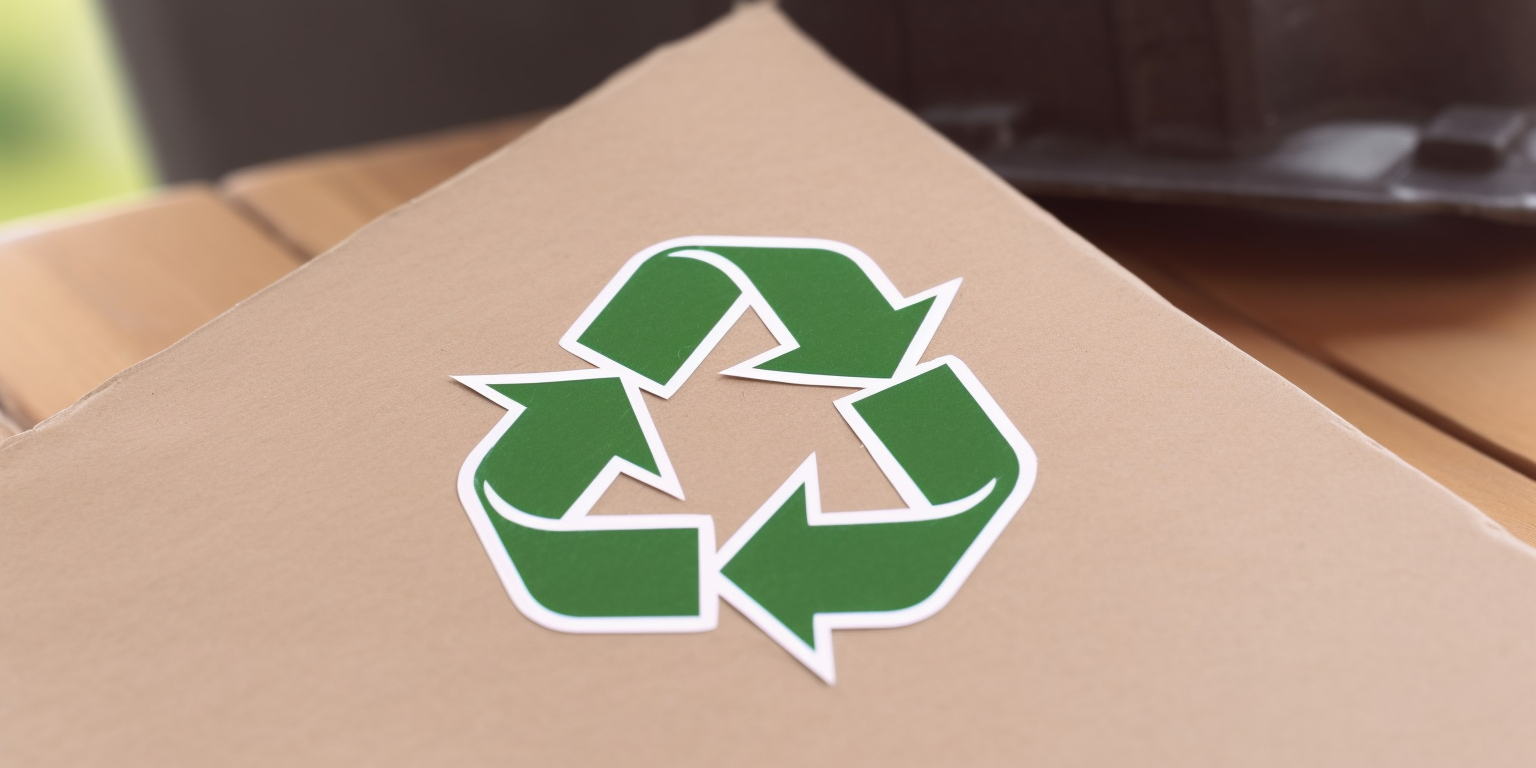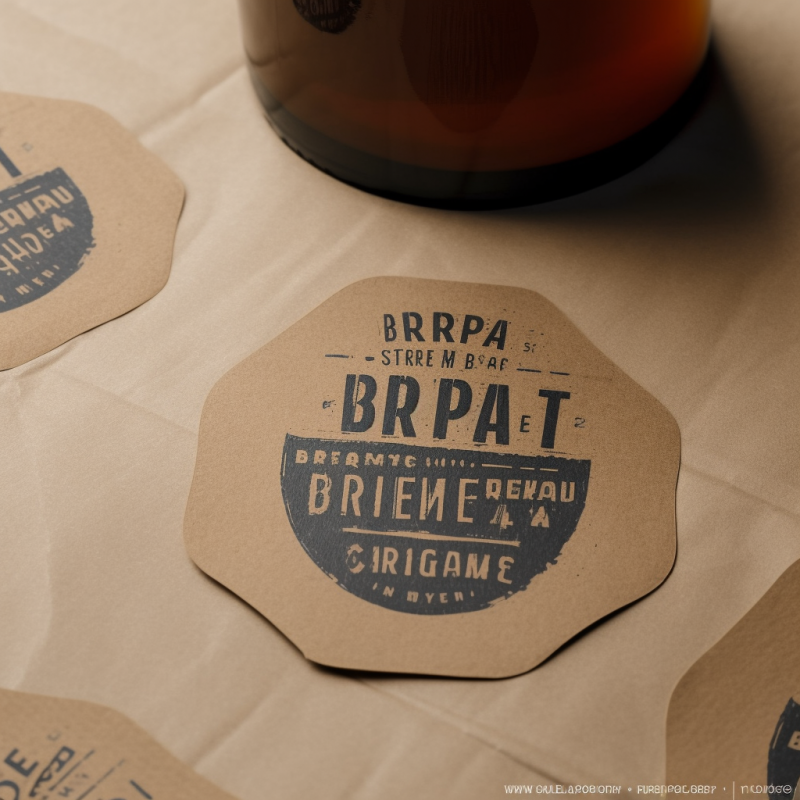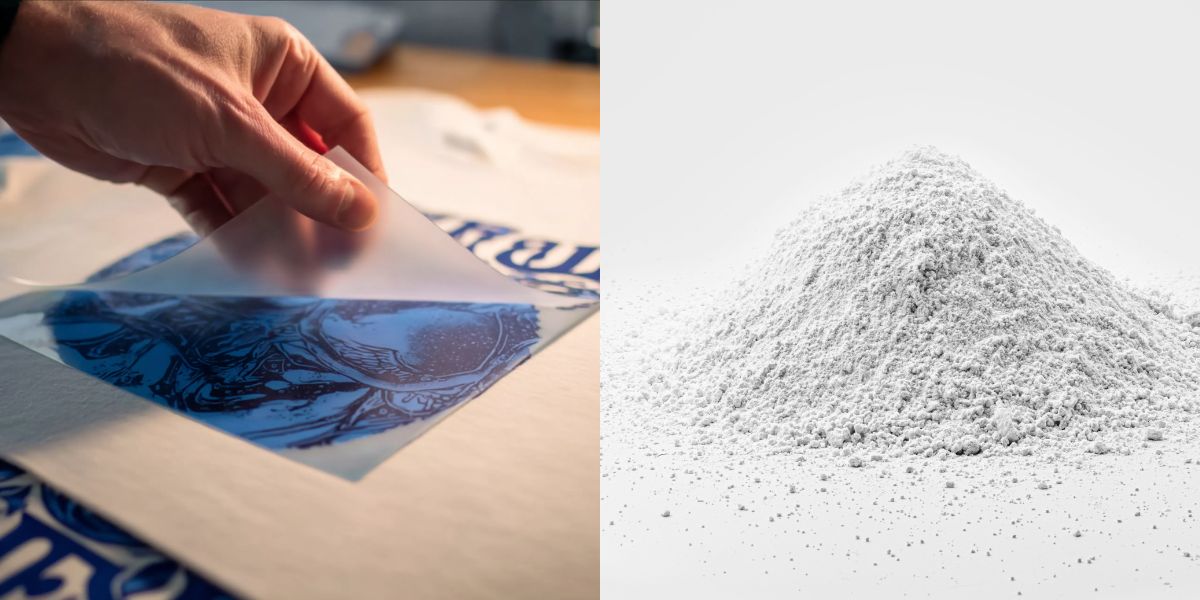
Blog
Do eco friendly stickers exist? 4 things to tell if a sticker is eco-friendly

In a world where environmental concerns continue to grow, individuals and businesses alike are increasingly seeking out eco-friendly alternatives in various aspects of their lives. Stickers, a popular form of self-expression and promotional tool, are no exception. However, you may wonder, do eco friendly stickers actually exist? Can we find stickers that align with our sustainability values? In this article, we will explore four key factors that can help us determine if a sticker is truly eco-friendly, so that we can choose the right stickers and labels and contribute to a greener future.
4 things to tell if a sticker is eco-friendly
In fact, stickers that are designed to have long-lasting durability often utilize materials like vinyl or polypropylene (PP), which can have a negative impact on the environment. These materials are not biodegradable and can be challenging to recycle. Additionally, the adhesive layer on such stickers can make them difficult to reuse effectively.
However, there are specific types of stickers available that aim to minimize their environmental impact. To identify an eco-friendly sticker, consider the following four points.
1. Biodegradable or recycled materials
Eco-friendly stickers prioritize biodegradable or recycled materials in their production. When searching for environmentally conscious stickers, pay attention to the materials used.
First option, you can look for compostable stickers made from biodegradable paper. This is a type of paper that is designed to break down naturally and decompose through biological processes over time. It is typically made from plant-based fibers such as wood pulp sourced from responsibly managed forests or agricultural residues. Biodegradable paper is produced using environmentally friendly processes and does not contain harmful additives or chemicals.
In sticker production, biodegradable paper is used as the facestock or the visible surface of the sticker. It serves as the canvas for printing graphics, text, or designs. The paper used is specifically chosen for its ability to biodegrade, ensuring that the sticker has a reduced impact on the environment throughout its lifecycle.

Another eco-friendly option is stickers crafted from recycled paper. These sustainable stickers help reduce the demand for virgin materials and lower the overall carbon footprint. By utilizing post-consumer or pre-consumer waste, these stickers minimize the need for harvesting fresh trees and conserve valuable natural resources. The production process for recycled paper requires less energy and emits fewer greenhouse gasses compared to virgin paper production.
Using recycled paper stickers diverts paper waste from landfills, reducing methane gas emissions and sending a strong message about responsible material sourcing and waste management practices. Choosing stickers made from recycled paper enables individuals to actively contribute to a more sustainable future.
Additionally, stickers made from plant-based materials like sugarcane or cornstarch are excellent choices as they are renewable resources that can be sustainably harvested. By opting for stickers made from these biodegradable or recycled materials, you can be sure that your product of use is a green choice.
2. Eco friendly stickers come with natural or non-toxic adhesive
Are stickers recyclable? Up to this point, it seems not. This is because the adhesive layer makes the layer separation process difficult and the sticker can not be recycled.
We can not cut the adhesive layer, so the only way to ensure the eco-friendliness of stickers is to consider the type of adhesive used. Look for stickers that employ natural or non-toxic adhesives, as they have a reduced impact on the environment and human health.
Water-based adhesives are an excellent choice as they are derived from natural sources and do not contain harmful chemicals or volatile organic compounds (VOCs). These adhesives are formulated with polymers that can be dispersed in water, resulting in a milky or translucent appearance. Water-based adhesives are biodegradable, meaning they can break down over time without leaving behind harmful residues. Additionally, water-based adhesives are known for their low emission of fumes, creating a healthier indoor environment.

By opting for stickers with natural or non-toxic adhesives, you can ensure that the adhesive layer of the sticker aligns with your eco-friendly values while maintaining a strong and reliable bond.
3. Eco friendly stickers are those produced by eco-friendly printing methods
Eco-friendly stickers prioritize the use of sustainable printing methods, ensuring a reduced environmental impact. If you are searching for environmentally conscious stickers, pay attention to the printing processes employed.
We recommend you to look for stickers that utilize soy-based or vegetable-based inks, which are derived from renewable resources and have minimal environmental repercussions. These eco-friendly inks are biodegradable, allowing for safe decomposition without causing harm to ecosystems. Additionally, soy-based or vegetable-based inks are non-toxic, minimizing the release of harmful chemicals into the environment during the printing process.
4. Minimal packaging is also a must
Utilizing eco-friendly stickers means that you should not only focus on the sticker itself but also consider the packaging they come in.
There are sticker providers who prioritize minimal packaging while ensuring their product’s eco-friendliness. At CustomAny, our custom stickers are packaged in recycled paper, which helps reduce the demand for new paper production and minimizes waste, keeping minimal impact on the environment.
Alternatively, stickers packaged in biodegradable plastics are another excellent choice. These plastics are designed to break down naturally over time, mitigating their environmental impact and reducing the accumulation of non-biodegradable waste.

Additional recommendations
For those who are using stickers and labels, it is crucial to consider additional factors beyond the points that we’ve mentioned above.
In order to further ensure the eco-friendliness of your sticker choices, look for certifications that validate sustainable sourcing practices. Certifications such as the Forest Stewardship Council (FSC) or the Program for the Endorsement of Forest Certification (PEFC) provide assurance that the materials used in the sticker production originate from responsibly managed forests.
These certifications verify that the forests are managed in a manner that upholds ecological balance, protects biodiversity, and respects the rights of local communities. By actively seeking stickers with these certifications, you can support the preservation of our forests and make a positive impact on the environment.
Conclusion
Embracing eco-friendliness empowers us to make a positive difference. Now we know that eco-friendly stickers do indeed exist, and they play a significant role in promoting sustainability within the sticker industry. By considering the materials used, the adhesive composition, the printing methods employed, and the packaging materials, you can identify stickers that minimize their environmental impact. We hope the suggestions above can help you collectively have a profound impact on building a more sustainable world for future generations.













